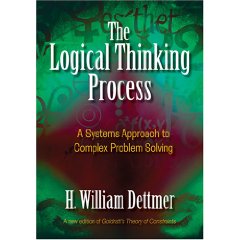Prioritizing your Product Backlog
Mike Cohn presents several techniques for prioritizing our backlog:
- Kano analysis: divide themes into Exciter (“Wow! Ididn’t know you could do that!”) , Linear (“The more, the better”) and Mandatory (“Must have”) features. Implement the mandatory themes; add as many Linear themes as possible; add some Exciters to keep the customers delighted.
- Theme screening: looks at how well the themes score on several chosen selection criteria, relative to one base theme. Work on the high scoring themes.
- Theme scoring: choose selection criteria and assign weights. Choose a baseline for each criterion and score each theme. Give each theme a score for each of the criteria, compared to the baseline. Work on the high scoring themes.
- Relative weighting: score each theme on how much value it adds if present and how much value it would remove if not present. Calculate the relative contribution in value for each theme. Calculate the relative contribution in cost for each time. Score by relative value/relative cost. Work on the high scoring themes.
Essentially, the process works on the theme level. Applying it to stories is too much work and is often meaningless to business users. When we work on a theme, we have to split them in stories and redo the exercise because not all stories in a high-scoring them have a lot of business value or are necessary to realize the theme’s business value. Overall an excellent presentation with good visuals, some exercises and practical advice. Slides available on Mike’s site.
The Relative Weighting technique is used in the Business Value Game, which we will tryout tomorrow morning.


